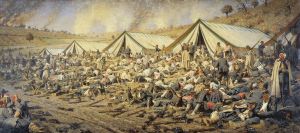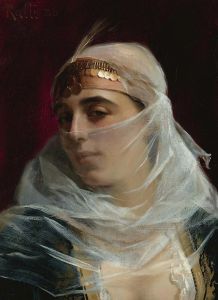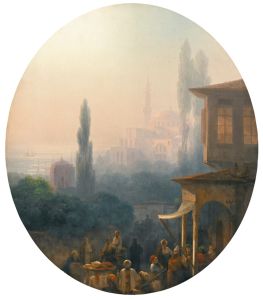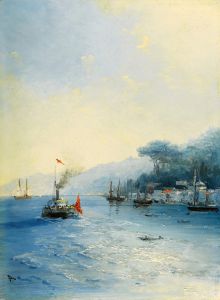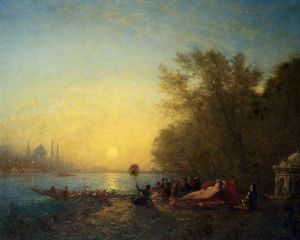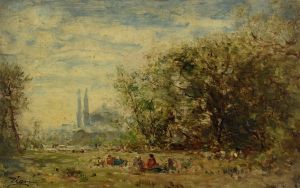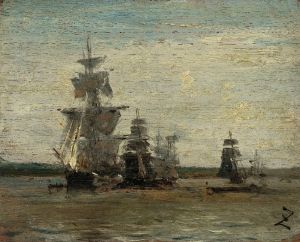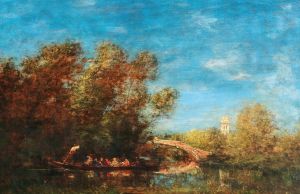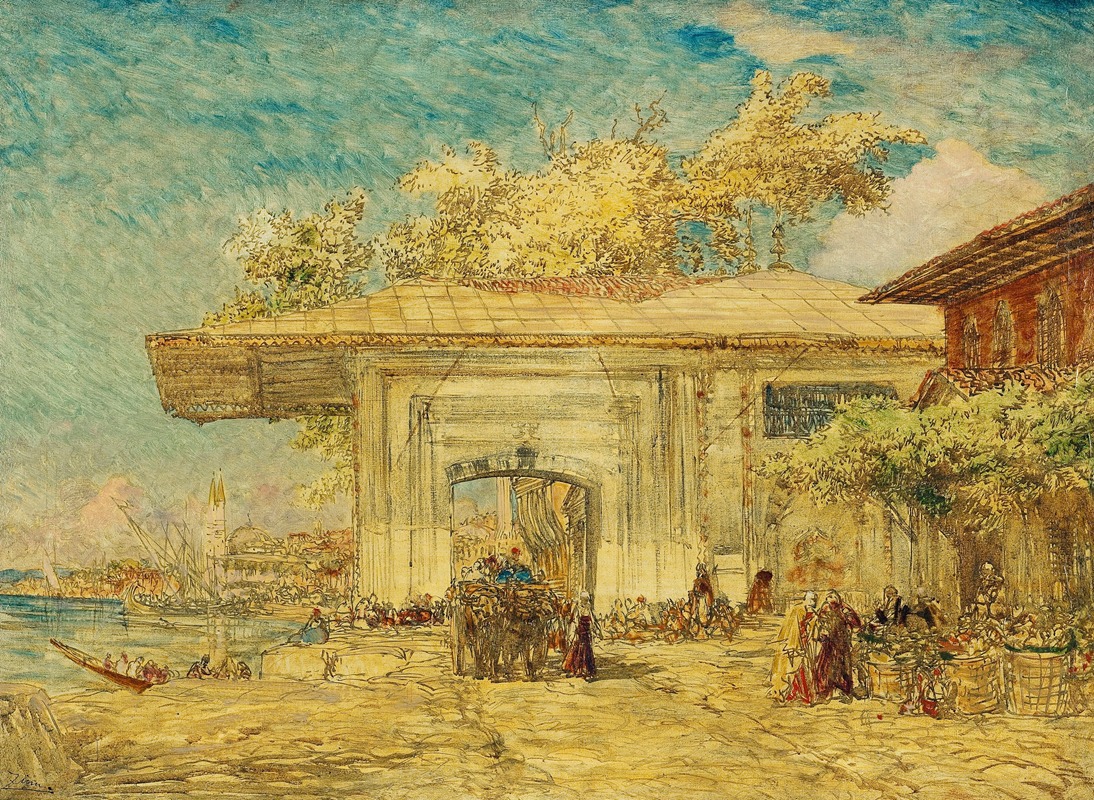
Constantinople, Le Kiosque Des Janissaires
A hand-painted replica of Félix Ziem’s masterpiece Constantinople, Le Kiosque Des Janissaires, meticulously crafted by professional artists to capture the true essence of the original. Each piece is created with museum-quality canvas and rare mineral pigments, carefully painted by experienced artists with delicate brushstrokes and rich, layered colors to perfectly recreate the texture of the original artwork. Unlike machine-printed reproductions, this hand-painted version brings the painting to life, infused with the artist’s emotions and skill in every stroke. Whether for personal collection or home decoration, it instantly elevates the artistic atmosphere of any space.
Félix Ziem, a notable French painter of the 19th century, is renowned for his vibrant and atmospheric landscapes and cityscapes. One of his works, "Constantinople, Le Kiosque Des Janissaires," exemplifies his fascination with the exotic and the picturesque, capturing the essence of the Ottoman Empire's capital, now known as Istanbul.
Ziem was born on February 25, 1821, in Beaune, France. He initially trained as an architect but later shifted his focus to painting, a decision that led him to become one of the most celebrated Orientalist painters of his time. His travels across Europe and the Middle East greatly influenced his artistic style, particularly his visits to Venice and Constantinople, which became recurring subjects in his oeuvre.
"Constantinople, Le Kiosque Des Janissaires" is a testament to Ziem's skill in depicting the interplay of light and color. The painting portrays a scene along the Bosphorus, the strait that separates the European and Asian parts of Turkey. The title refers to the Janissaries, an elite military group that was part of the Ottoman Empire's standing army. The kiosk, or "kiosque," in the painting's title, likely refers to a small pavilion or structure that was common in Ottoman architecture, often used for leisure and enjoying views of the surrounding landscape.
Ziem's work is characterized by its loose brushwork and vibrant palette, which are evident in this painting. He captures the bustling life along the Bosphorus, with boats dotting the water and figures engaged in various activities. The architecture of the city, with its domes and minarets, is rendered with a sense of romanticism and grandeur, reflecting the city's historical and cultural significance.
The painting is a fine example of Orientalism, a genre in which Western artists depicted the East as a place of beauty, mystery, and exoticism. While Orientalist art often faced criticism for perpetuating stereotypes and romanticized views of Eastern cultures, it also played a role in shaping Western perceptions of the East during the 19th century.
Ziem's ability to convey the atmosphere of a place through his use of color and light made his works highly sought after during his lifetime. He was a member of the Barbizon School, a group of artists who advocated for painting nature directly from life, which influenced his approach to capturing the natural and urban landscapes he encountered.
"Constantinople, Le Kiosque Des Janissaires" is part of Ziem's broader body of work that celebrates the beauty and diversity of the world as he experienced it. His paintings continue to be appreciated for their technical skill and their ability to transport viewers to the places he depicted.
Félix Ziem passed away on November 10, 1911, in Paris, leaving behind a legacy of works that continue to be celebrated for their contribution to the Orientalist movement and their enduring appeal. His paintings are held in numerous public and private collections, ensuring that his vision of the world remains accessible to future generations.





